Testosterone Therapy Side Effects: What Are The Heart Risks
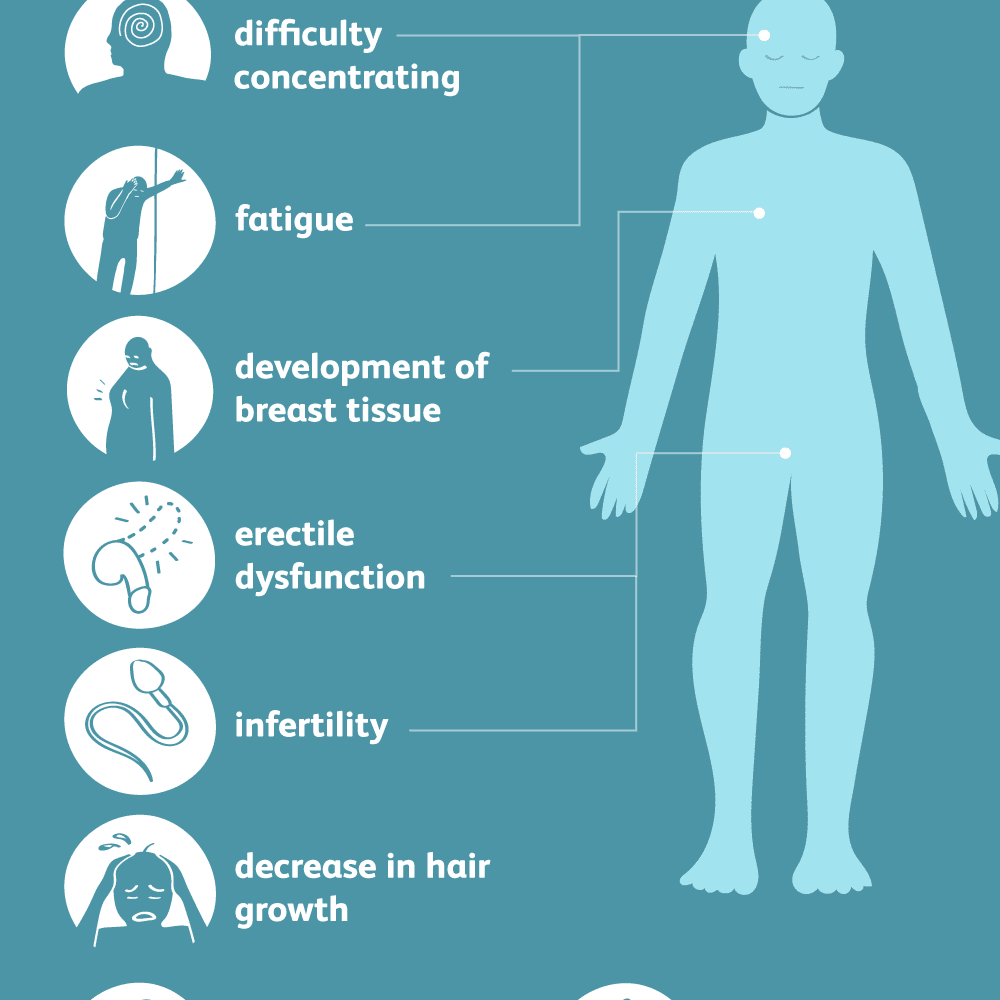
This article will help you learn about the root problem, causes, and of course, the heart and health risks and all the side effects of testosterone therapy.
Introduction
Testosterone replacement therapy may appear to be the ideal anti-ageing solution. However, the beneficial effects of testosterone therapy for adult testosterone depletion are unknown. If you are here reading the heart risks of testosterone therapy, you might already know a couple of things about the whole procedure.
So let’s begin.
Why Is Testosterone Important?
Testosterone is important for male reproductive, intellectual, and physical growth throughout their lives. Additionally, testosterone helps in gender determination throughout fetal growth.
Increased testosterone levels have by far the most evident impacts in the pre-pubertal stage. Body odour appears, skin and hair oiliness increases, acne appears, faster growth spurts happen, and pubic, premature facial, and armpit hair grows throughout this period.
Expansion of the sebaceous glands, genital growth, heightened sex drive, higher incidence of erections, improved muscular mass, deeper voice, height spurts, skeletal maturation, reduction of hair growth, and development of the face, pectoral, leg, and axillary hair are some of the pubertal impacts in males.
The impact of testosterone can be seen in adults in the form of sexual appetite, penile arousal, hostility, and physically and mentally rigorous behaviours.
Since this hormone plays a vital role in a male’s body, lower levels cannot be healthy. It is not, and the condition is medically called male hypogonadism.
What is Male Hypogonadism?
Male hypogonadism is a condition in which males have low concentrations of the hormone testosterone. Inadequate testosterone levels can be caused by testicular illness or diseases affecting either the hypothalamus or pituitary gland.
Males can be diagnosed at any stage of life, and the signs vary depending on when the disease first appears in reference to puberty. It can be difficult to determine whether there is a genuine testosterone deficit in some circumstances, especially when the values are on the margin.
Male hypogonadism seems to be more prominent in aged males. The amounts of testosterone in men decrease substantially after the age of 40. The prevalence of testosterone insufficiency in men between the ages of 50 to 79 years is predicted to be 8.4%.
Male hypogonadism has also been connected to type 2 diabetes, with insufficient testosterone levels being found in roughly 17% of men with the ailment.
Causes of Low Testosterone Levels
There are two types of hypogonadism in men. Inadequate testosterone levels are triggered by a specific medical problem in classic hypogonadism. The drop in levels of testosterone known as late-onset hypogonadism is associated with ordinary ageing and/or age-related illnesses, including obesity and type 2 diabetes.
According to estimates, late-onset hypogonadism impacts only roughly 2% of males over the age of 40.
The specific categories of hypogonadism are:
1. Primary Male Hypogonadism
Whenever a low rate of testosterone is caused by disorders affecting the testicles, it is called primary hypogonadism.
Hypogonadotropic hypogonadism is a type of primary hypogonadism in which the pituitary gland releases far too much luteinizing hormone and follicular stimulating hormones in an attempt to encourage the gonads to make more testosterone.
However, because the testes are damaged or absent, they are unable to react to higher amounts of gonadotropins, resulting in very little testosterone production.
Although testosterone levels may still be healthy in some patients with primary hypogonadism, elevated LH and FSH signal that the pituitary gland generates is attempting to supplement for a deficiency.
These underlying conditions may include:
- Mumps infections
- Chemo or radiotherapy
- Undescended testicles
- Klinefelter’s Syndrome
- Any kind of tumour
- Autoimmune diseases
2. Secondary Male Hypogonadism
Secondary hypogonadism is caused by diseases that alter the hypothalamus and/or pituitary gland’s activity.
Low concentrations of LH and FSH cause reduced testosterone production, which is referred to as hypogonadotropic hypogonadism. Additionally, secondary hypogonadism is frequently found as part of a larger hypopituitarism condition.
Causes of secondary hypogonadism are:
- Pituitary tumours
- Low levels of gonadotropin-releasing hormones
- Kallman’s Syndrome
- Anabolic steroids
- Old age
- HIV/AIDS
- Diabetes
Signs and Symptoms
If testosterone levels fall below what they should, men may encounter a variety of symptoms. When levels of testosterone fall under 300 nanograms per deciliter (ng/dL), it is known as low T. As per the Food and Drug Administration, a healthy range is 300 to 1,000 ng/dL.
To calculate your levels of circulatory testosterone, a blood test termed a serum testosterone test is used. And if testosterone production falls under baseline, a variety of symptoms can develop.
The first being lower sex drive. Testosterone is one of the major reasons behind any male’s libido. Lower sex drive may be common in old people, but it’s one of the major symptoms among the younger population. Although this isn’t the only reason for lower libido.
Although testosterone aids in obtaining and keeping an erection, it also boosts a man’s sexual urges.
A man’s levels of testosterone could be too insufficient to achieve an erection before intercourse or to have impromptu erections. This is called Erectile Dysfunction.
Testosterone assists in the mobility of sperm by helping in the formation of semen, a milky secretion. Upon ejaculation, people with a low T typically feel a fall in the volume of their sperm.
People with low T have complained of acute weariness and a loss of vitality. If you’re weary all the time regardless of getting lots of good sleep or can’t seem to get inspired to workout, you may have low T. But watch out, you may just be a lazy person.
Low T can lead to an increase in fat cells in males. They are more prone to developing gynecomastia or expanded breast tissue. This reaction is thought to be caused by a testosterone-to-estrogen mismatch in men.
Risks Related to Testosterone Therapy
Based on the type of testosterone replacement utilized, there may be minor and sometimes even adverse effects. Some of them are:
- For people opting for testosterone shots, pain and bruising at the point of injection.
- Rashes, skin irritation was common among people using transdermal patches.
- There is also a huge risk of transfer of testosterone gels from skin-to-skin contact, so that is another thing to keep in mind. Although, it can be prevented with any sort of cover-up over the area of application.
- Any use of testosterone can lead to an increase in red blood cells, raising the probability of thrombosis. During therapy, blood tests must be performed on a regular basis to look for a rise in red blood cells.
- Prostate enlargement would be another dangerous adverse effect that must be closely watched. After commencing treatment, males over the age of 40 should have a prostate examination along with a PSA blood test every three months during the first year, then once a year after that.
Health Conditions to Look Out For
There are various health conditions to be kept in mind while opting for TRT, as it can worsen your condition even more. Some of these ailments are:
Prostate Hypertrophy: The prostrate expands in a normal way when testosterone stimulates it. Many males face prostate enlargement as they grow old, constricting the duct that transports urine. Urination becomes difficult as a result.
BPH (benign prostatic hypertrophy) is a disorder that can be exacerbated by testosterone treatment.
Sleep Apnea: Sleep apnea is a highly life-threatening sleep disease in which respiration stops and begins periodically. Moreover, testosterone replacement therapy can aggravate this issue. Men may find it difficult to discern this on their own, but their sleeping companion can usually tell. To confirm a diagnosis, a sleep study polysomnography may very well be required.
Blood Clots: TRT raises the danger of deep vein thrombosis (DVT) and pulmonary embolism (PE), a potentially fatal blood clot in the lungs. It is a concerning situation considering the danger of blood clots caused by polycythemia, a condition in which the quantity of red blood cells increases abnormally as a result of testosterone treatment.
Heart Condition: In most cases, testosterone replacement is not recommended for men with serious congestive heart failure as it can aggravate the situation.
In older men with restricted mobility and a high occurrence of chronic disease, the medications were found to raise the risk of many cardiovascular events, especially stroke.
Prostate Cancer: Prostate cancer can be accelerated by testosterone. Before commencing testosterone replacement therapy, most doctors advise getting a prostate cancer examination. Men who have prostate cancer or have a high PSA level should generally avoid testosterone therapy.
Bonus Read: Potential Benefits and Risks of Testosterone Therapy as You Age.
Testosterone Therapy Side Effects: Conclusion
TRT may seem like an easy choice for some people, but others might have to weigh their pros and cons for the same. Side effects of testosterone therapy are not too severe if you don’t have any underlying health condition.
Low testosterone or male hypogonadism is not an inherited condition. Even though various genetic syndromes like Klinefelter’s and Kallmann’s exist, there is no issue of it passing through generations.
Therefore this article has covered all the causes, symptoms, risks and side effects of testosterone therapy. Before choosing any sort of therapy, make sure you consult your doctor and get all the necessary tests done.
August 6, 2021 Sam Bell




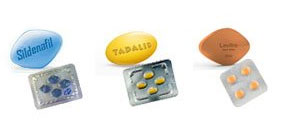

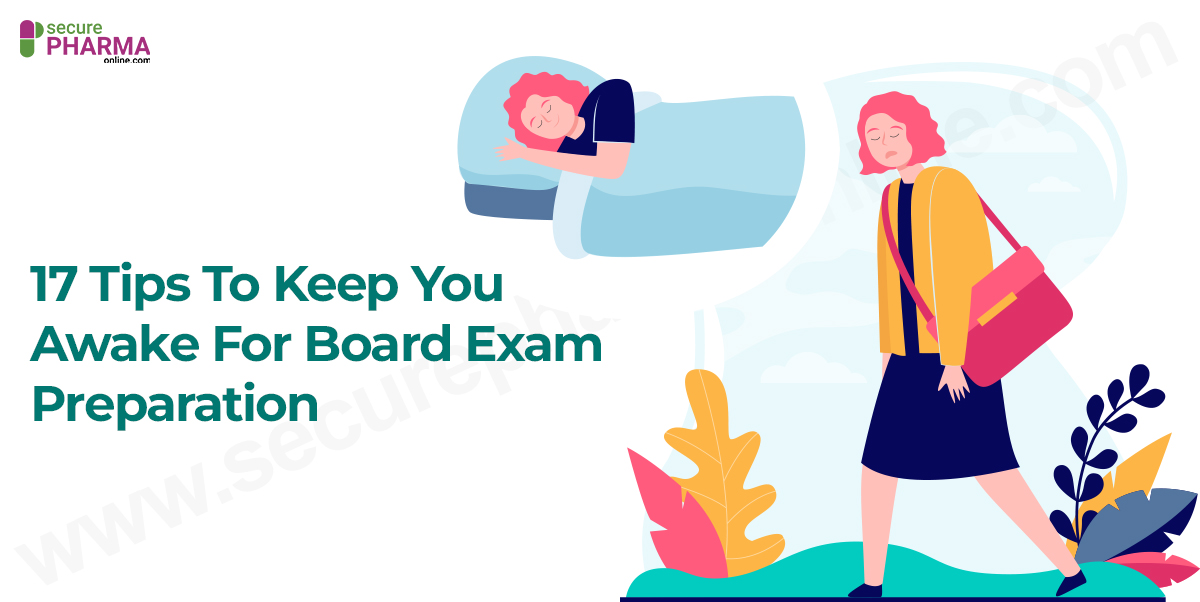
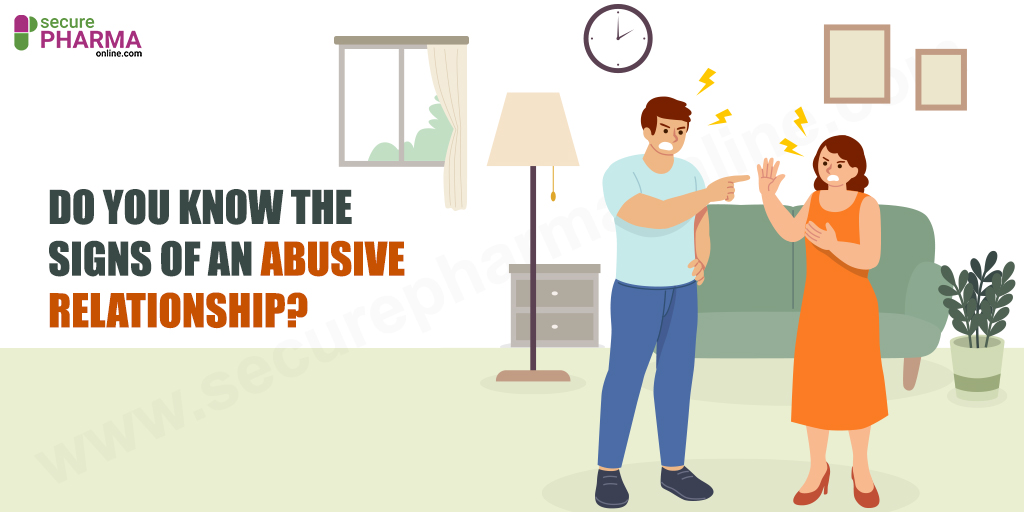

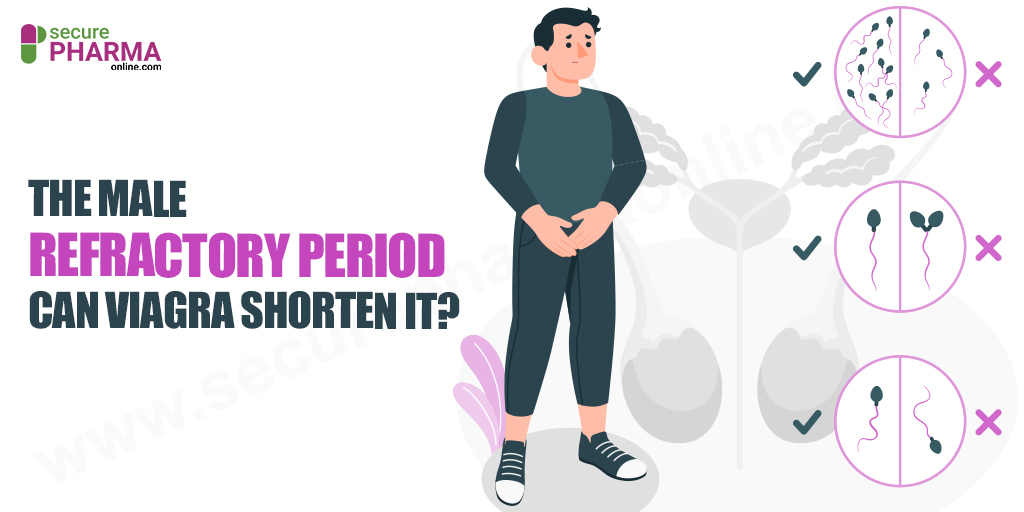
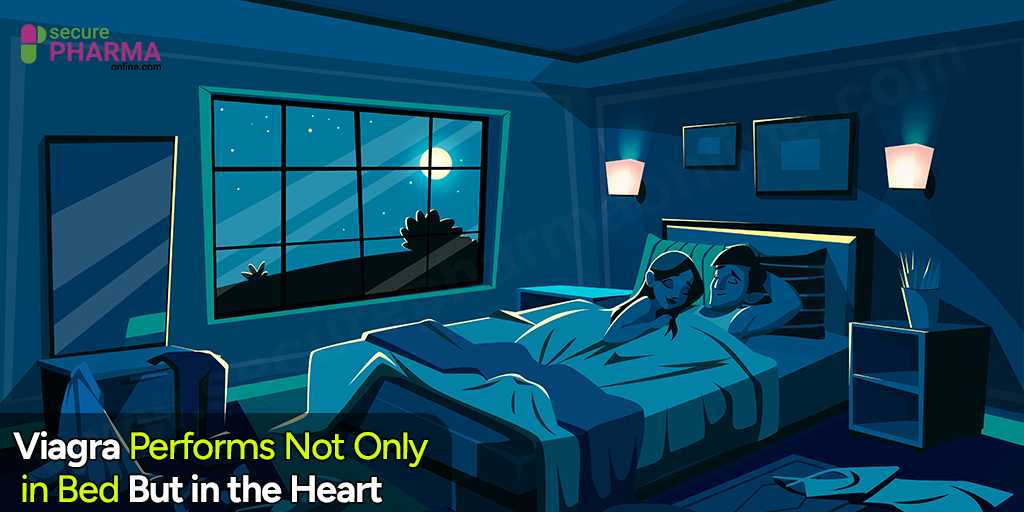
Comments